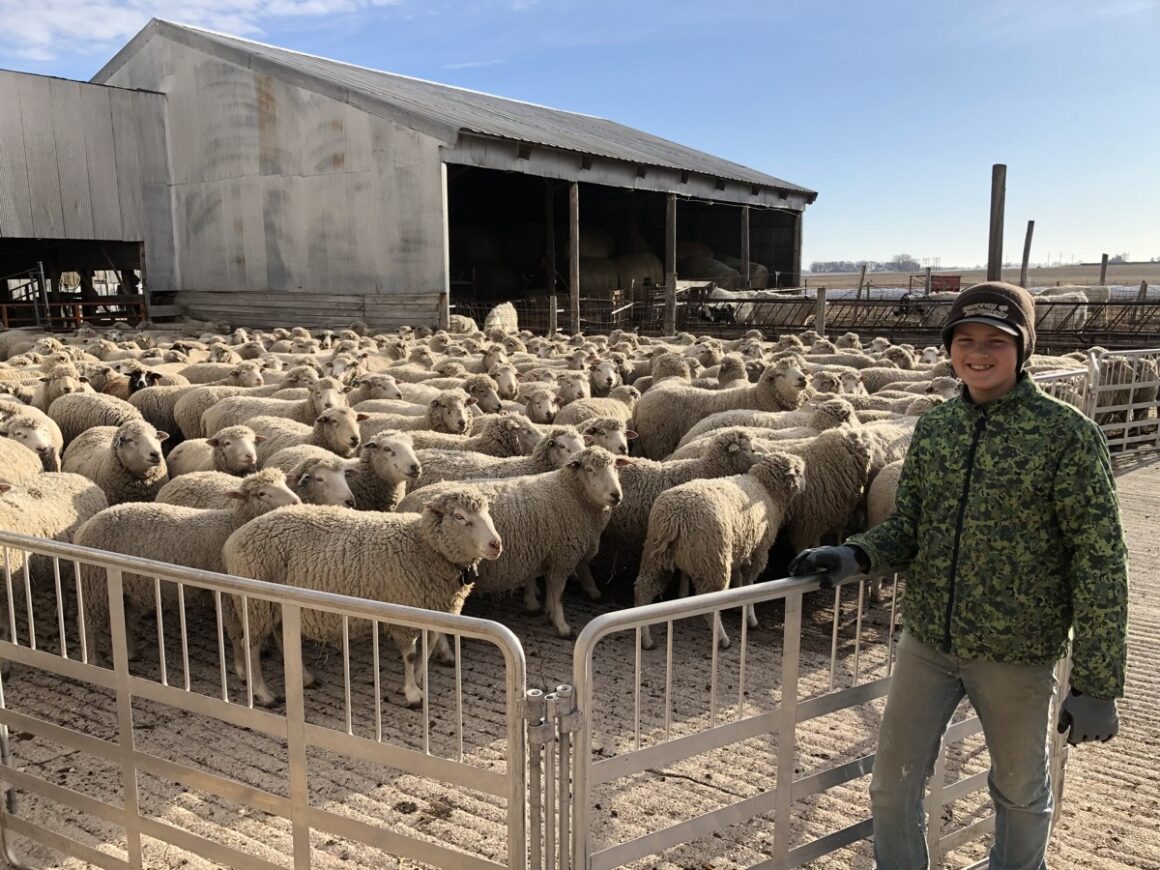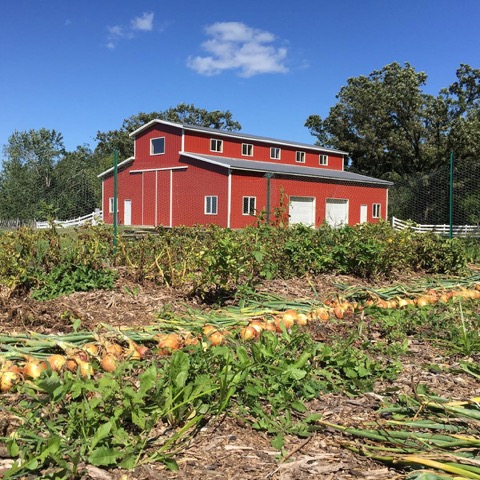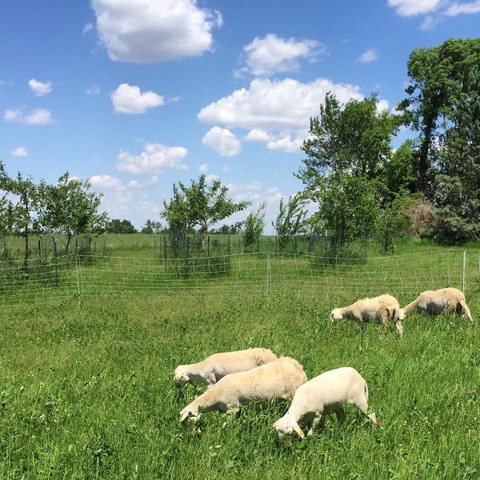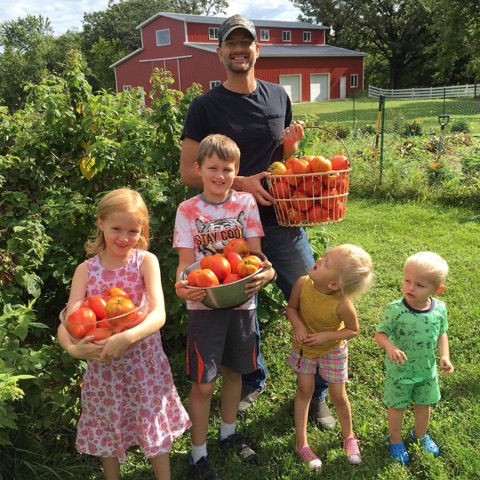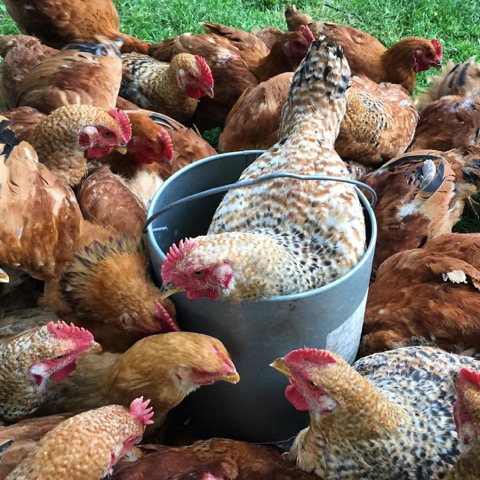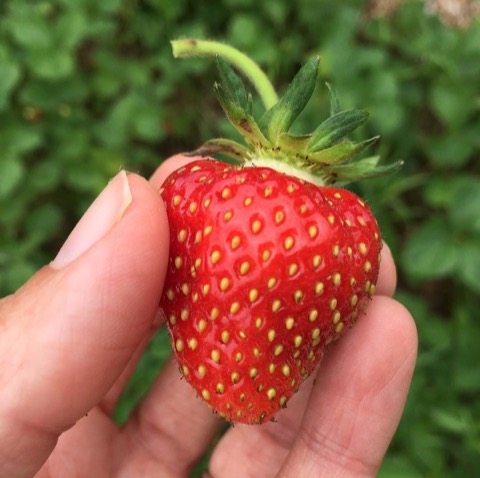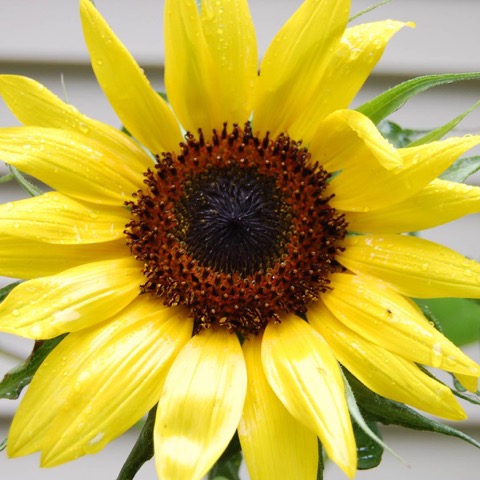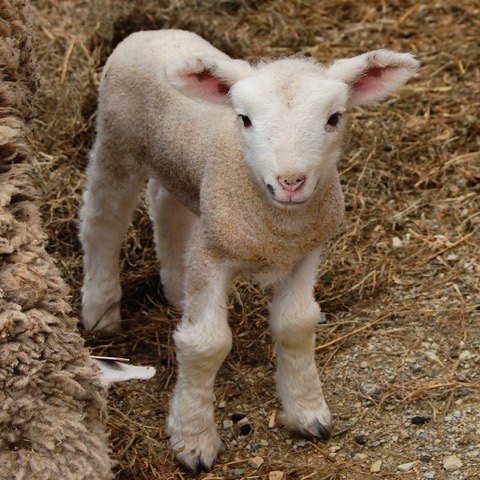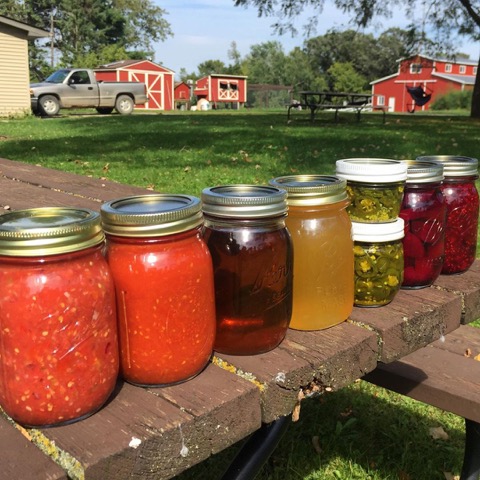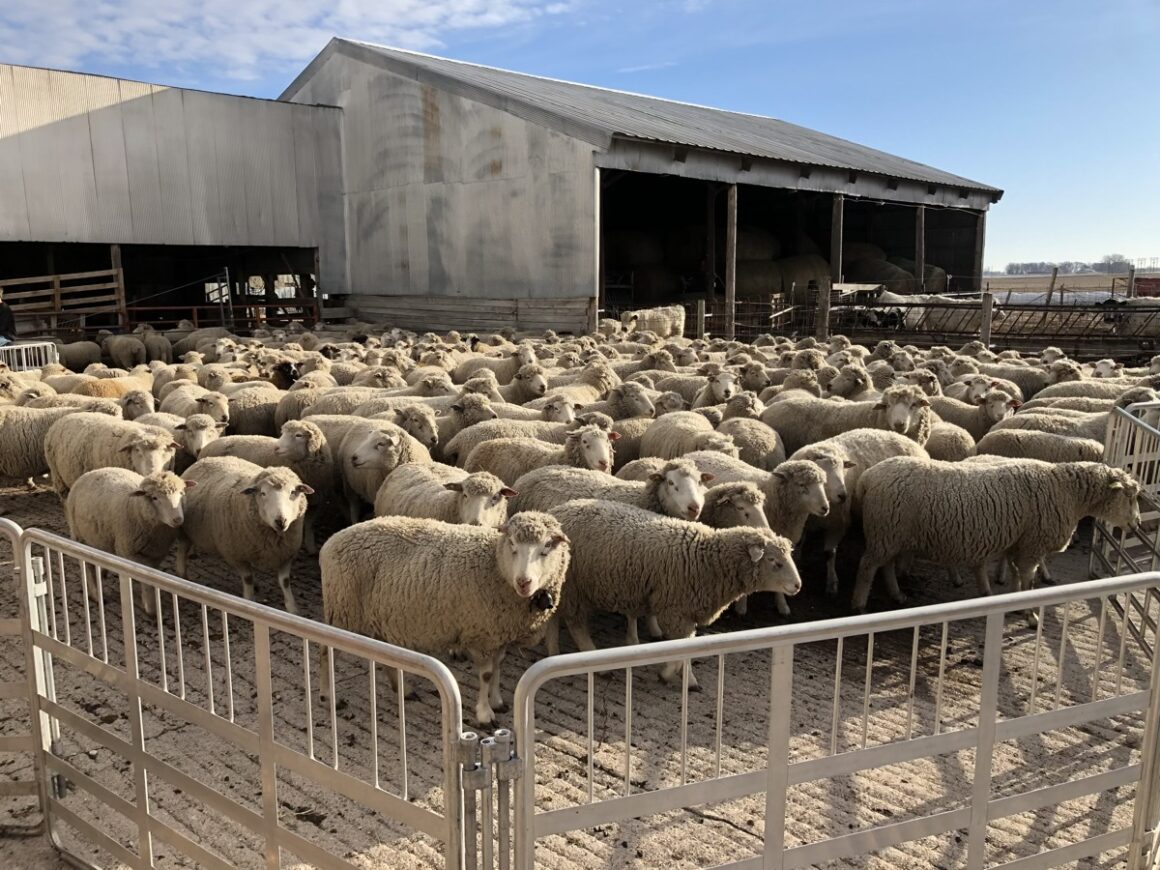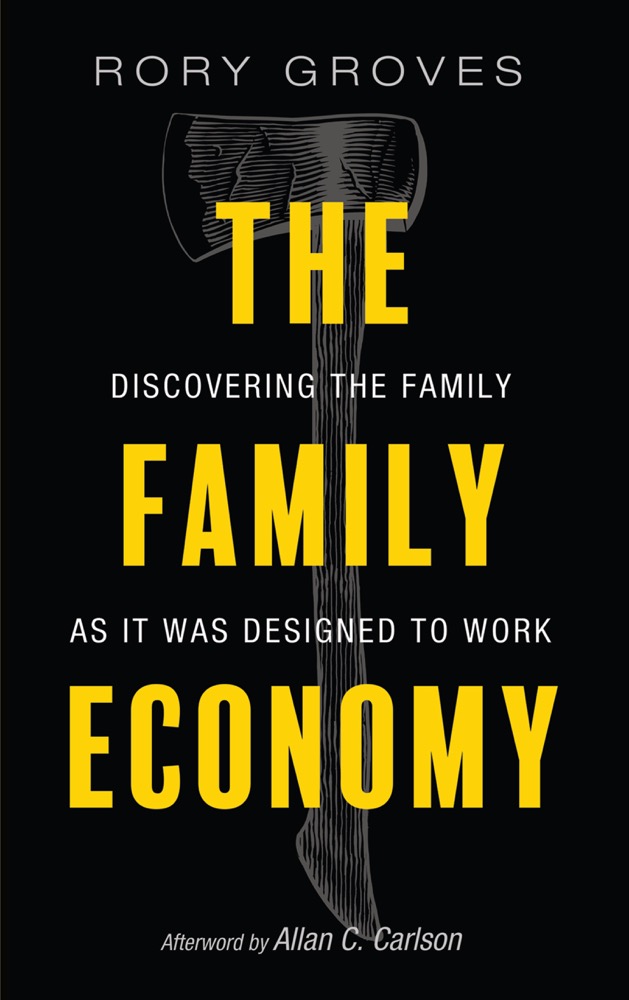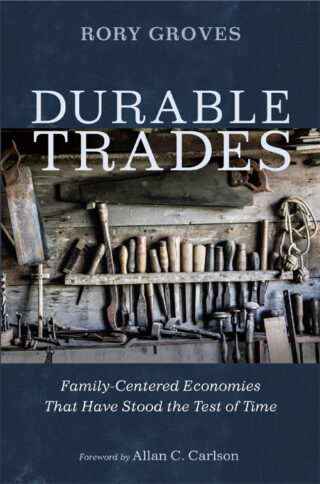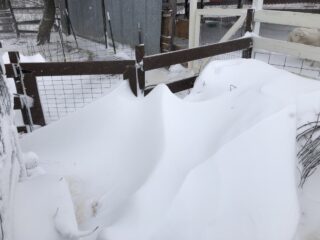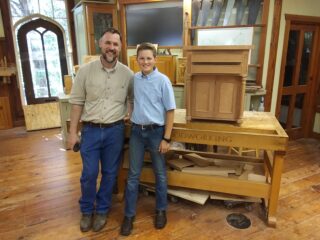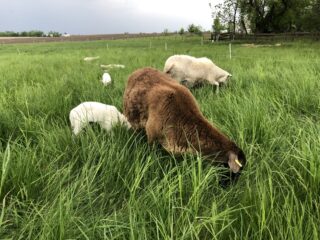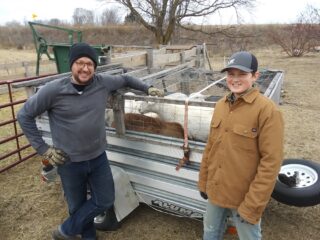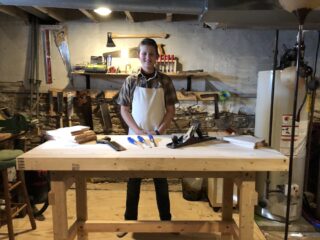Two years ago we hosted a maple syruping workshop at our farm, teaching the basics of tapping maple trees and evaporating maple syrup. One of the families that attended this event was Keith and Anna Johnson & family. Since then we have stayed in contact through other get- together’s and events, and they were a vendor at our Farm and Family Fair last year.
Keith and Anna live on their 160 acre farm called Blissful Bee Pastures near Gibbon, Minnesota, where they raise British White cattle and Dorset/Polypay/Targhee cross sheep.
In his younger years, Keith traveled around the western United States as a sheep-shearer with a group of other men. These men would shear 200 sheep a day each. Keith recalls a study that proved that shearing 200 sheep in eight hours requires the equivalent calorie consumption needed to run a double marathon back to back! They did this every day.
Now, living on his own farm, Keith has 200 ewes of his own, plus several rams, and can expect somewhere in the neighborhood of 400 lambs each spring. Lambs are the most vulnerable to Eagles, Hawks, Coyotes, and other predators from birth to one month of age. Since Keith raises his sheep 100% on pasture, the sheep are outdoors at this time. To solve the predator problem, he takes his family to live on pasture with the sheep in a homemade Sheepwagon that he pulls behind his Farmall tractor. This is where the Johnson’s spend the nights from when the first lambs are born to when they are mostly out of danger from predators. This way, if a ewe is having trouble lambing or a coyote is threatening on the other side of the fence, Keith and Anna are right there to help, assist, and protect their sheep. Once the lambs reach a certain age, their livestock guardian dog, Curly, can take over.
So, last week, we got invited over to help trim hooves for their flock. On Tuesday morning me, my dad, and two of my younger brothers, Alden and Elias, loaded up into our truck and drove to the Johnson’s farm.
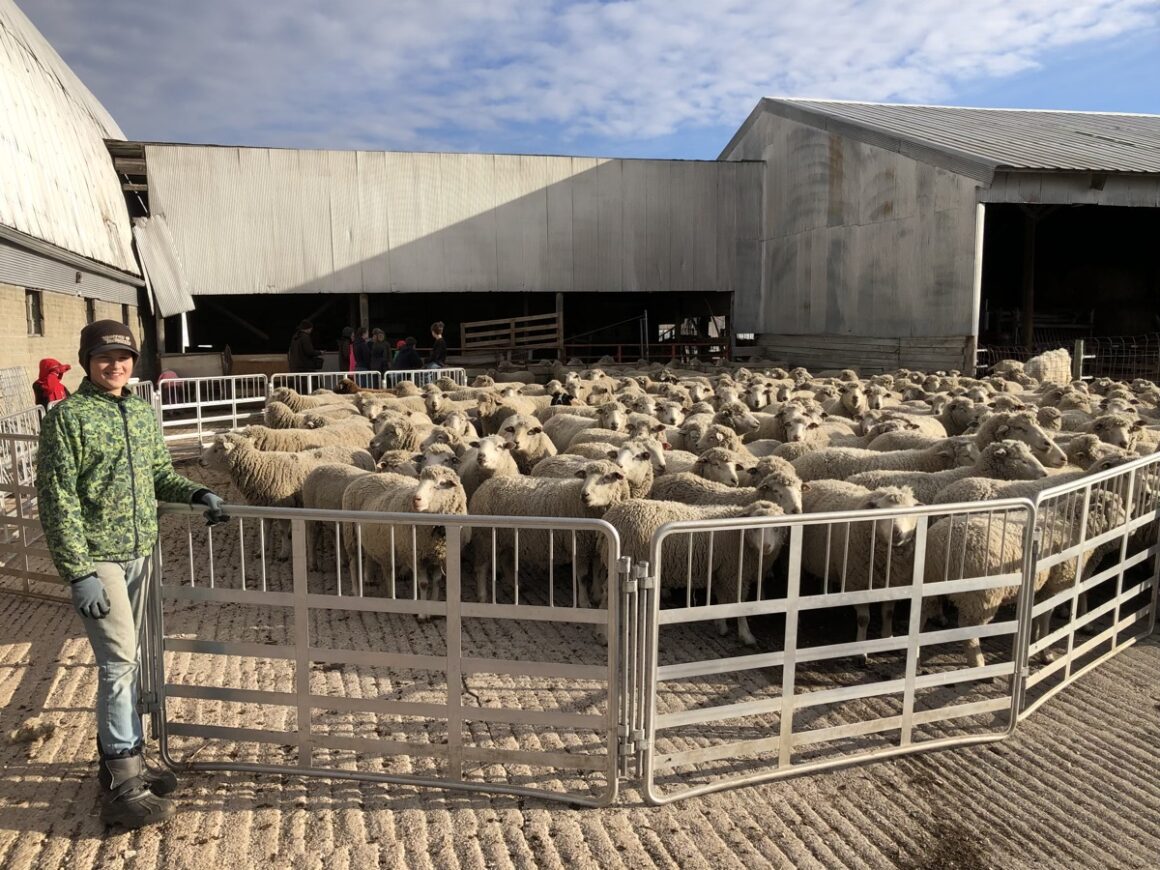
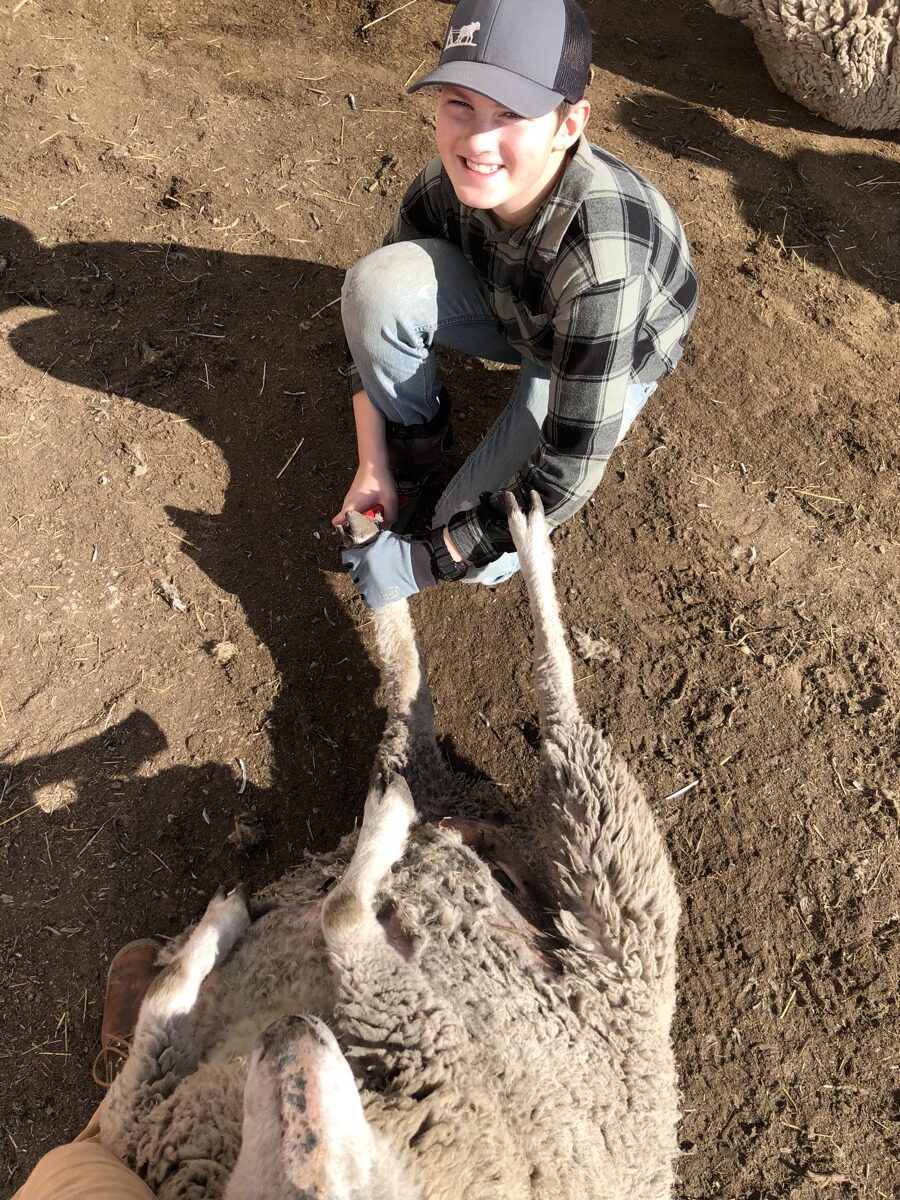
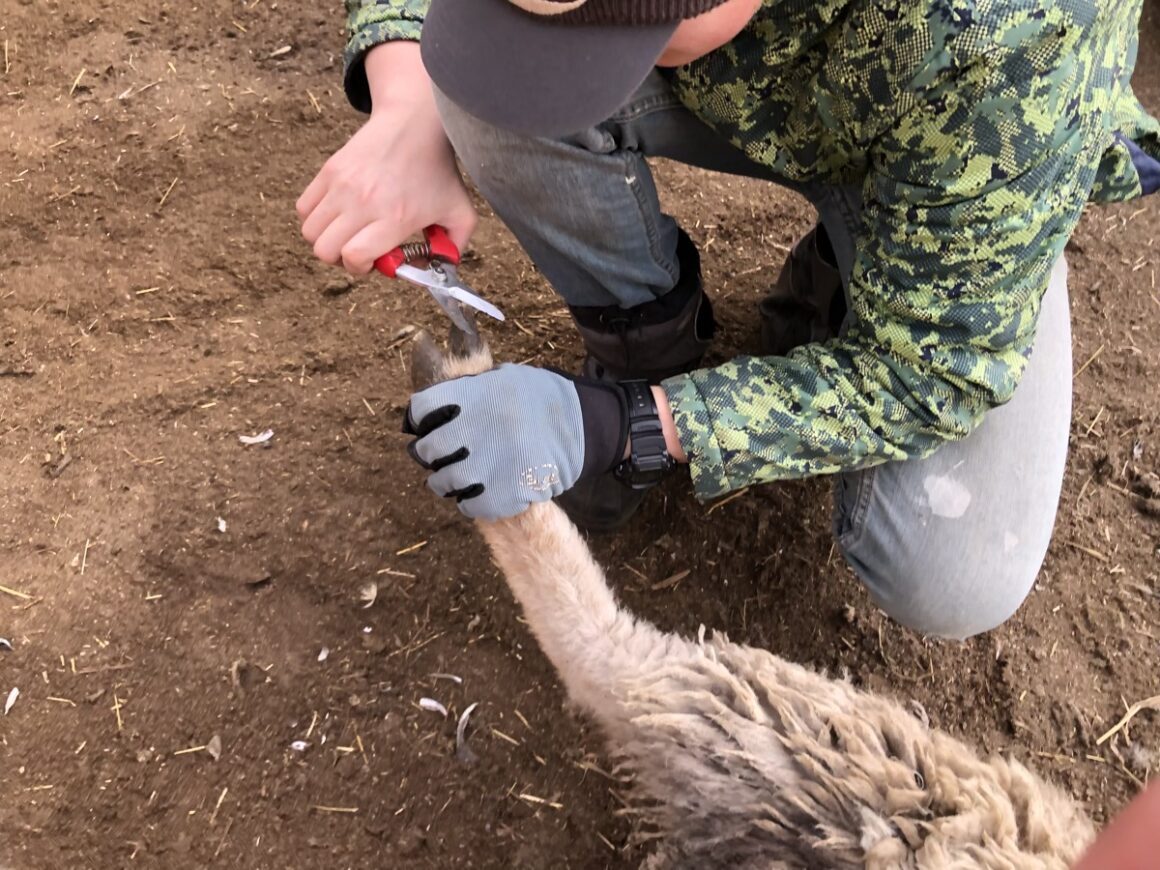
Since our Katahdin sheep scarcely, if ever, need their hooves trimmed, I had no prior experience to hoof trimming. It took me a couple of hooves to get the hang of it but by the third sheep I pretty much had it down. Eight of us worked on trimming, while the kids ran and corralled the sheep into the chute.
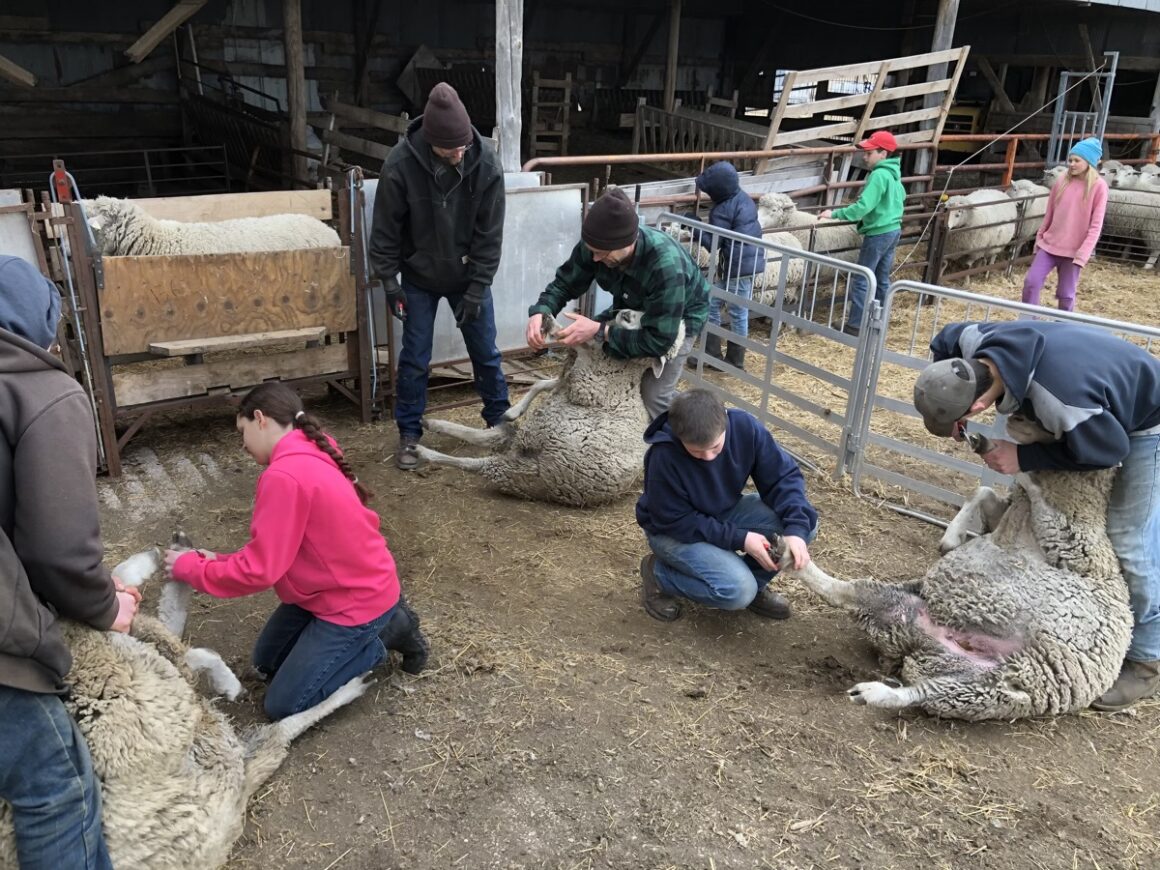
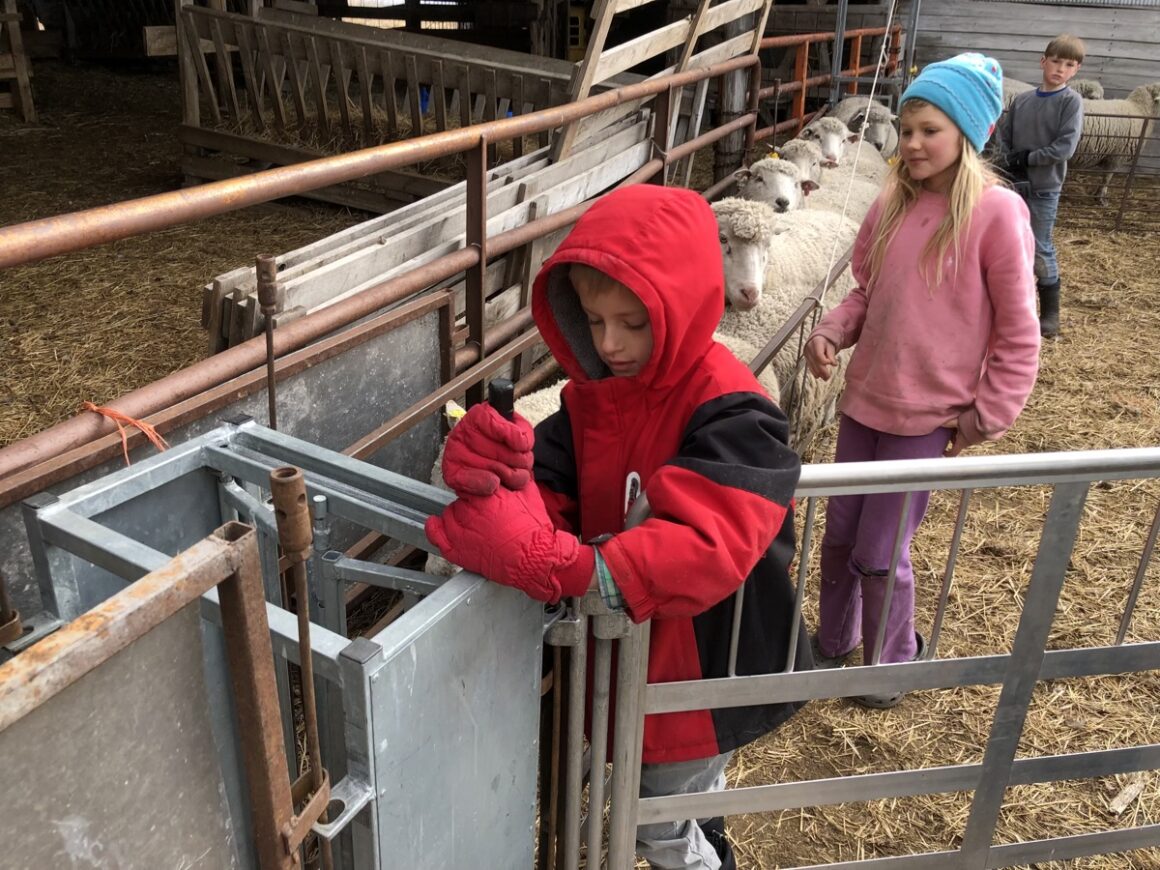
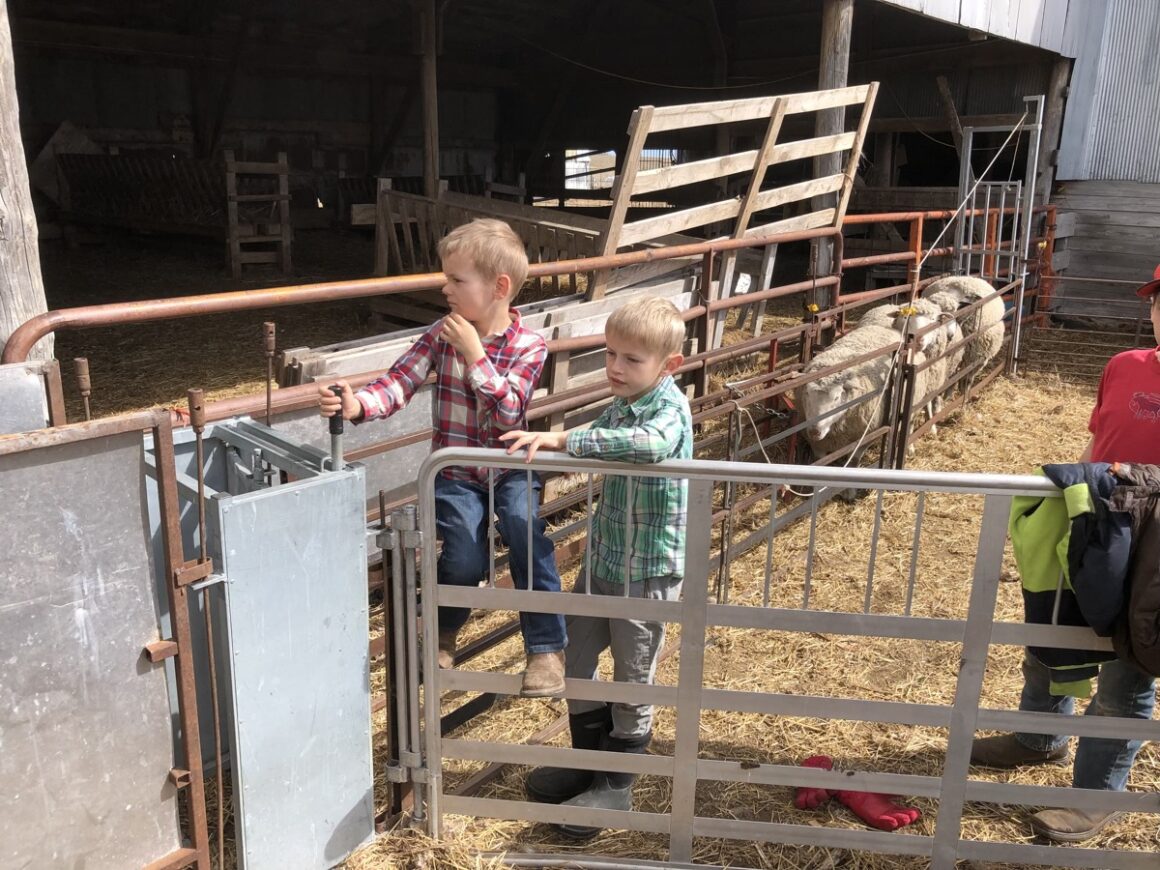
When someone was done trimming they would go to the chute where a sheep would be waiting. They would then proceed to pull down a plywood panel, call the “trip board”, and “trip” the sheep onto its side and pull it on its back to wherever its hooves would be trimmed.
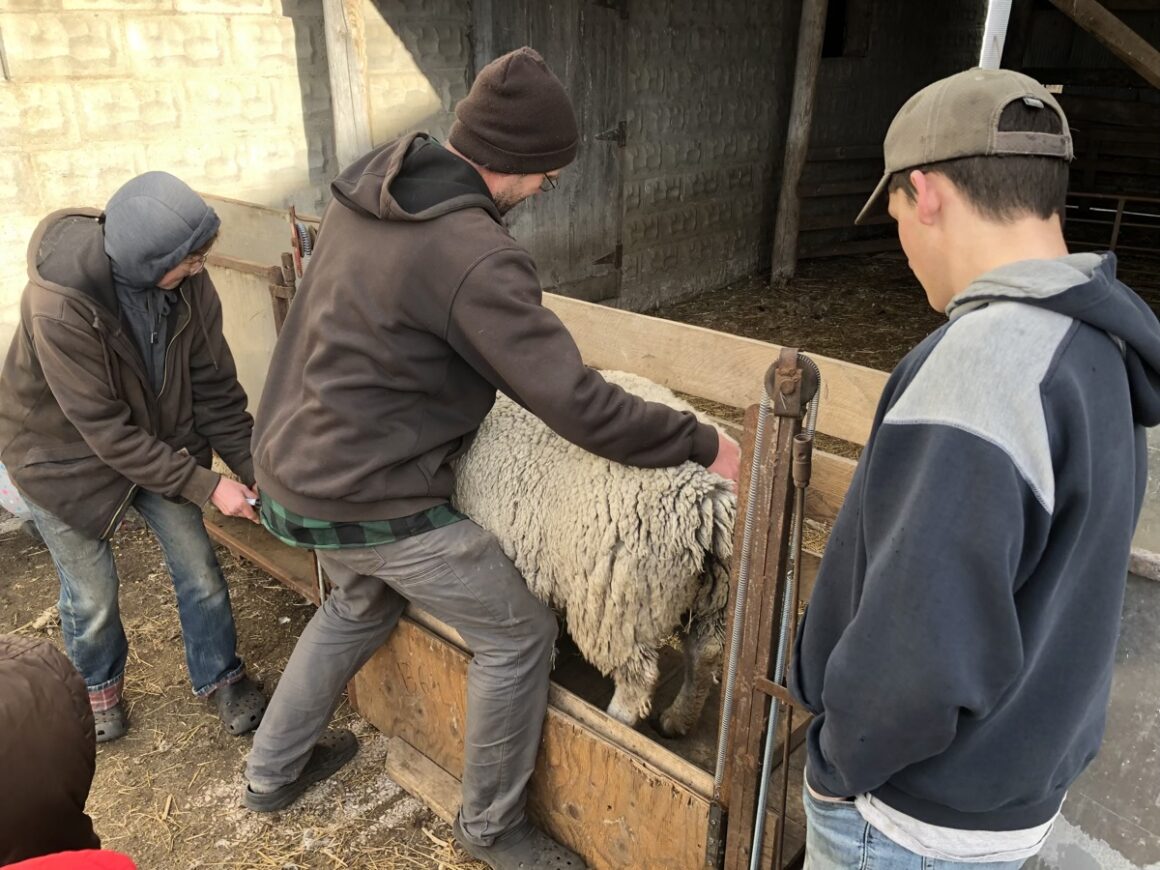
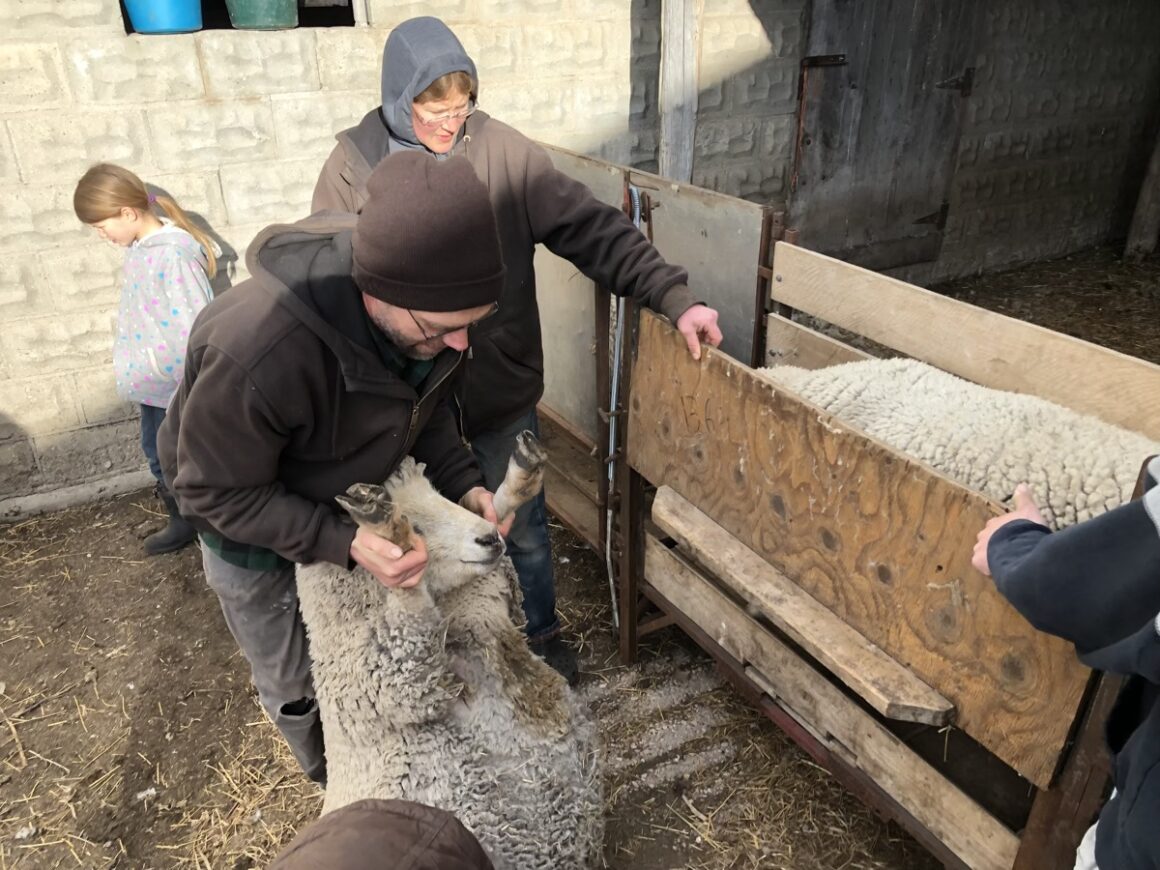
Sometimes, however, the sheep wouldn’t cooperate and would attempt to make a run for it. This is when one’s inner football player comes out.

We broke for lunch at noon with 80% of the flock done. It was during this time that Keith showed me his Round Bale Unroller, a homemade implement that he built from a grain elevator and a winch. Attached to his Farmall, he can pick up and transport round bales to the pasture for winter feeding. To unroll, he simply lowers the bale with the winch and drives across the pasture.
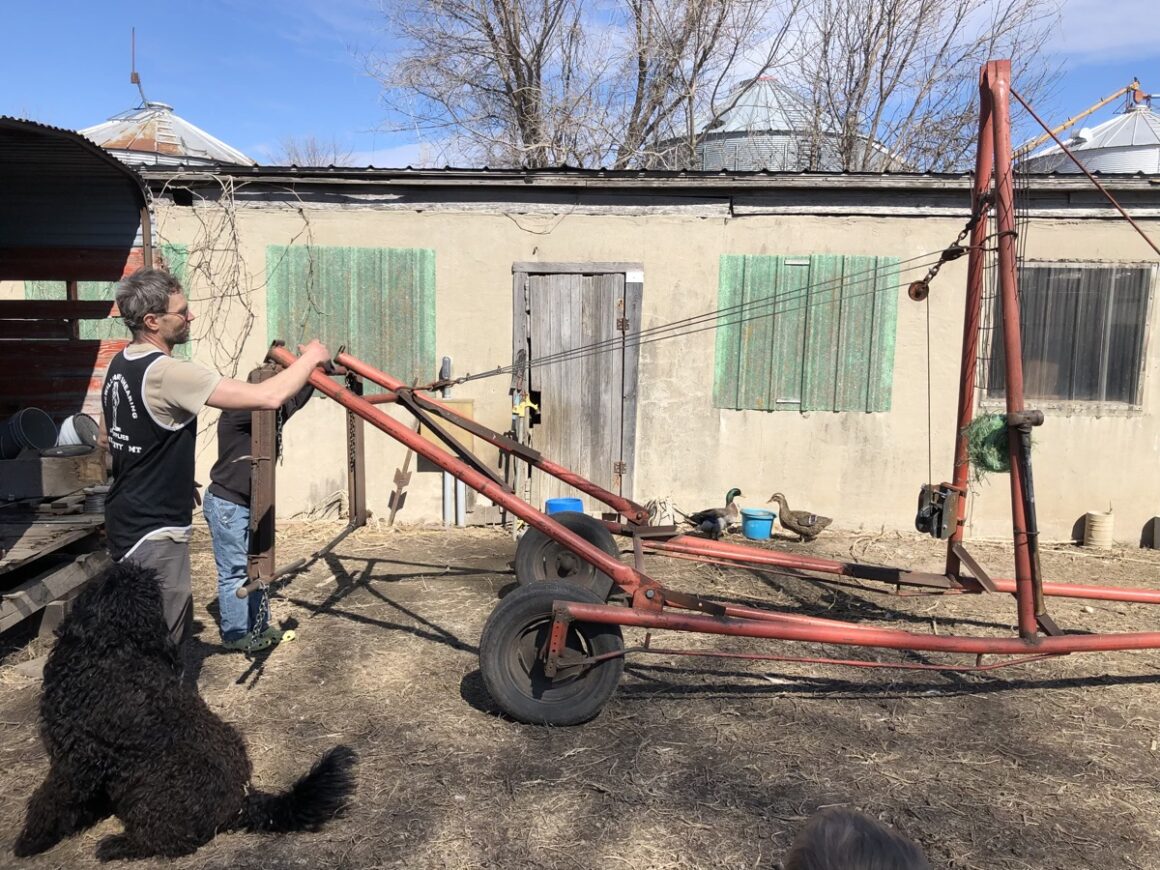
Their peacock must’ve been listening, because he also wanted to show something…
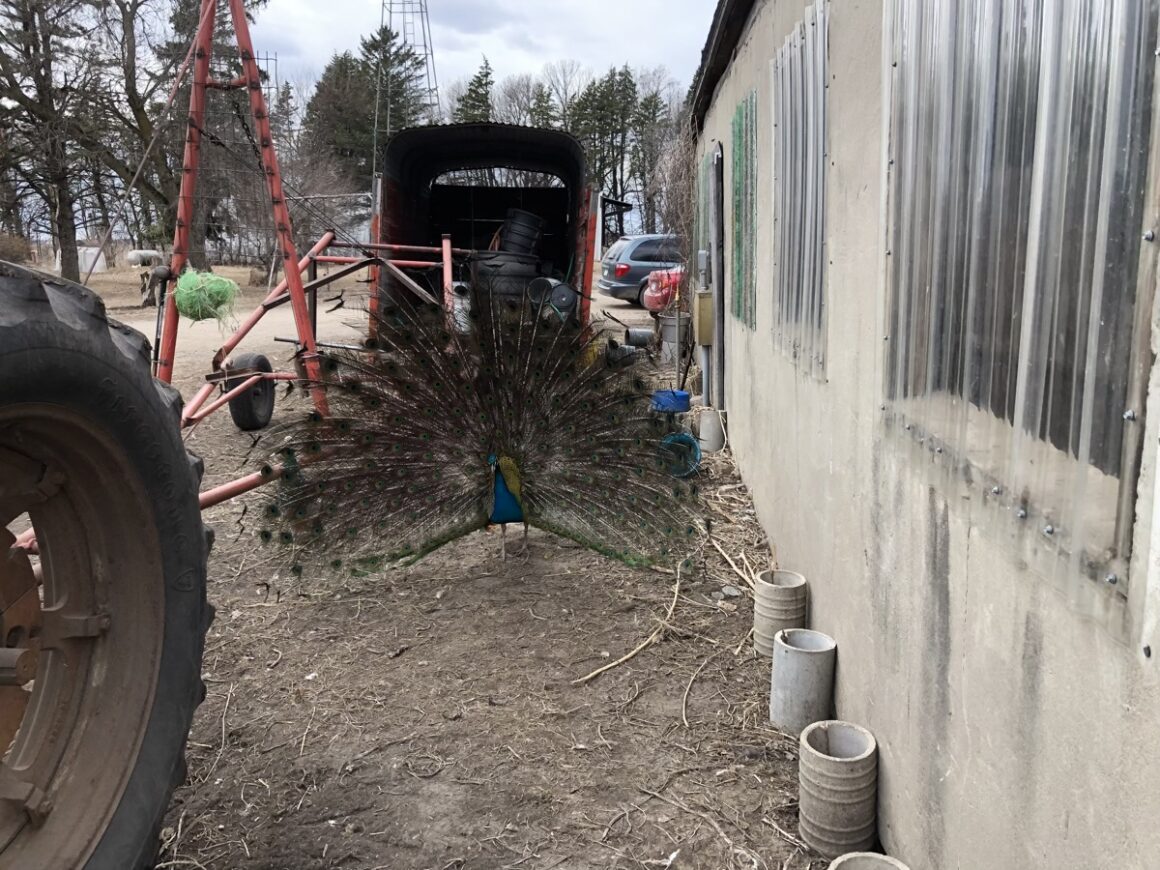
We finished trimming hooves after lunch and then all the kids wanted their turn running through the shoot.
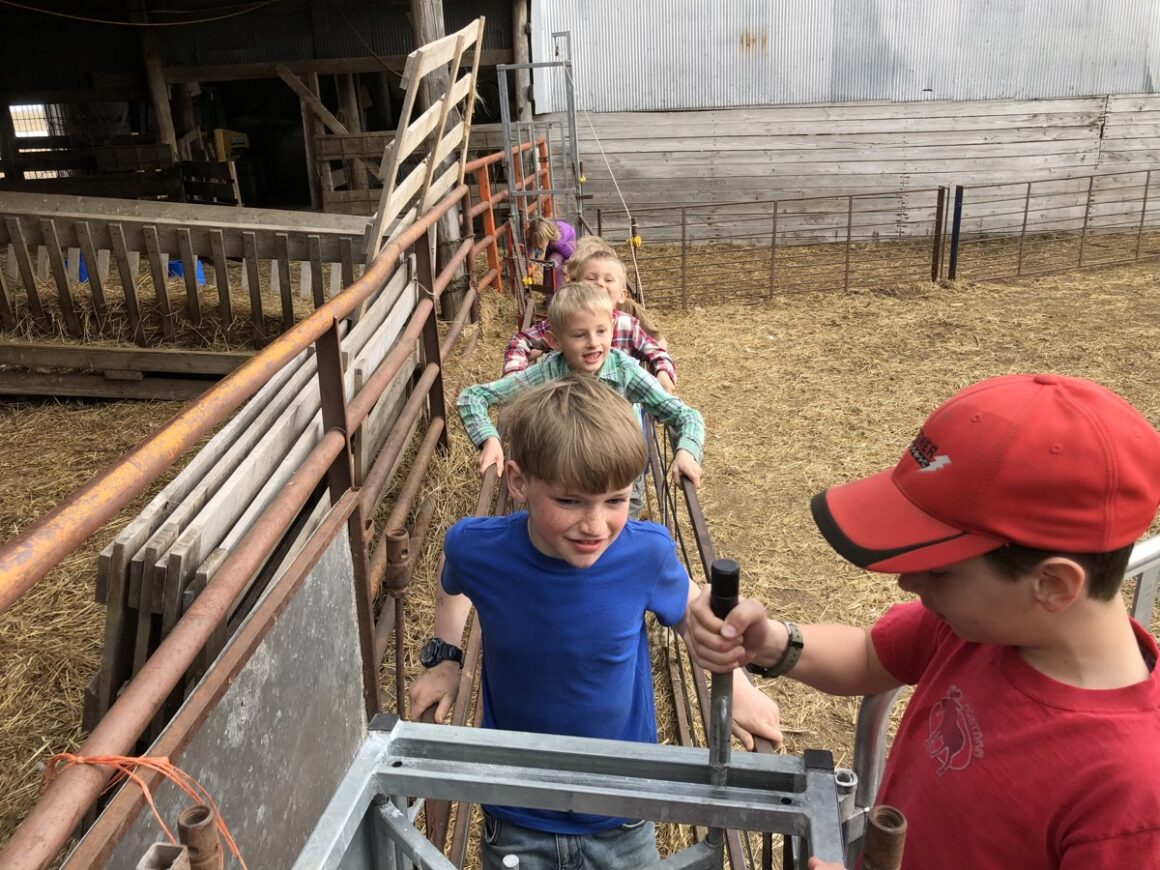
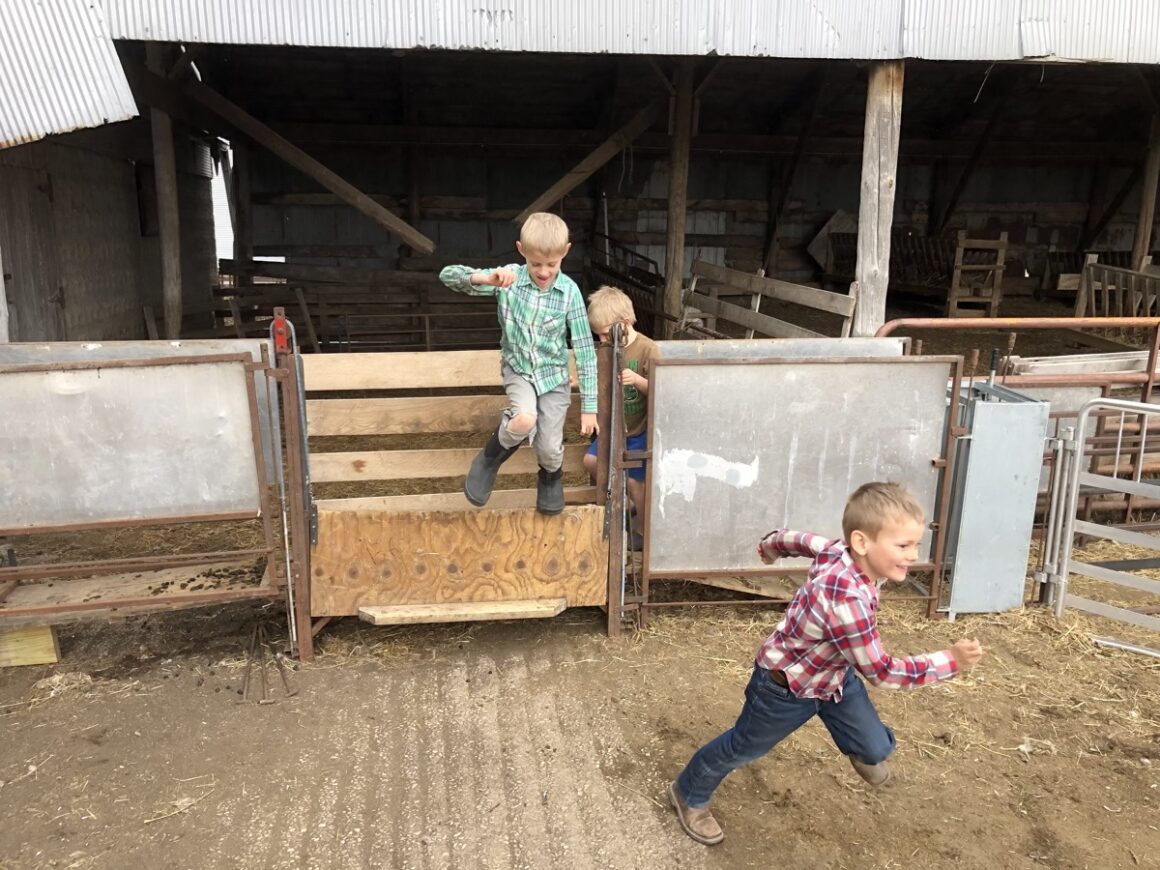
At the end, we ran out into the field, “Human Sheepdogs” as my mom says, and corralled the sheep back in with the cows.
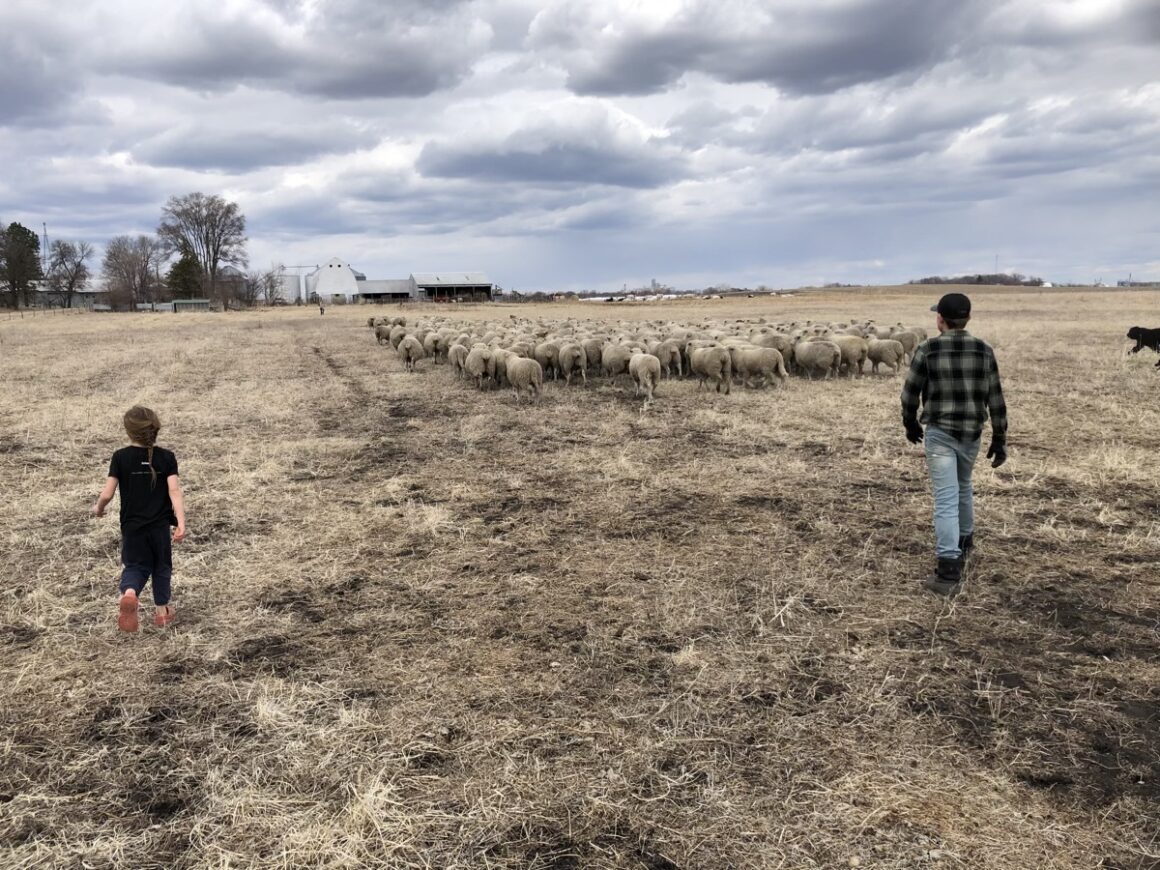
All in all it was a wonderful time and I learned so much about not only hoof trimming, but how another shepherd manages his flock. It was a wonderful experience and I hope we can visit their farm again soon.
